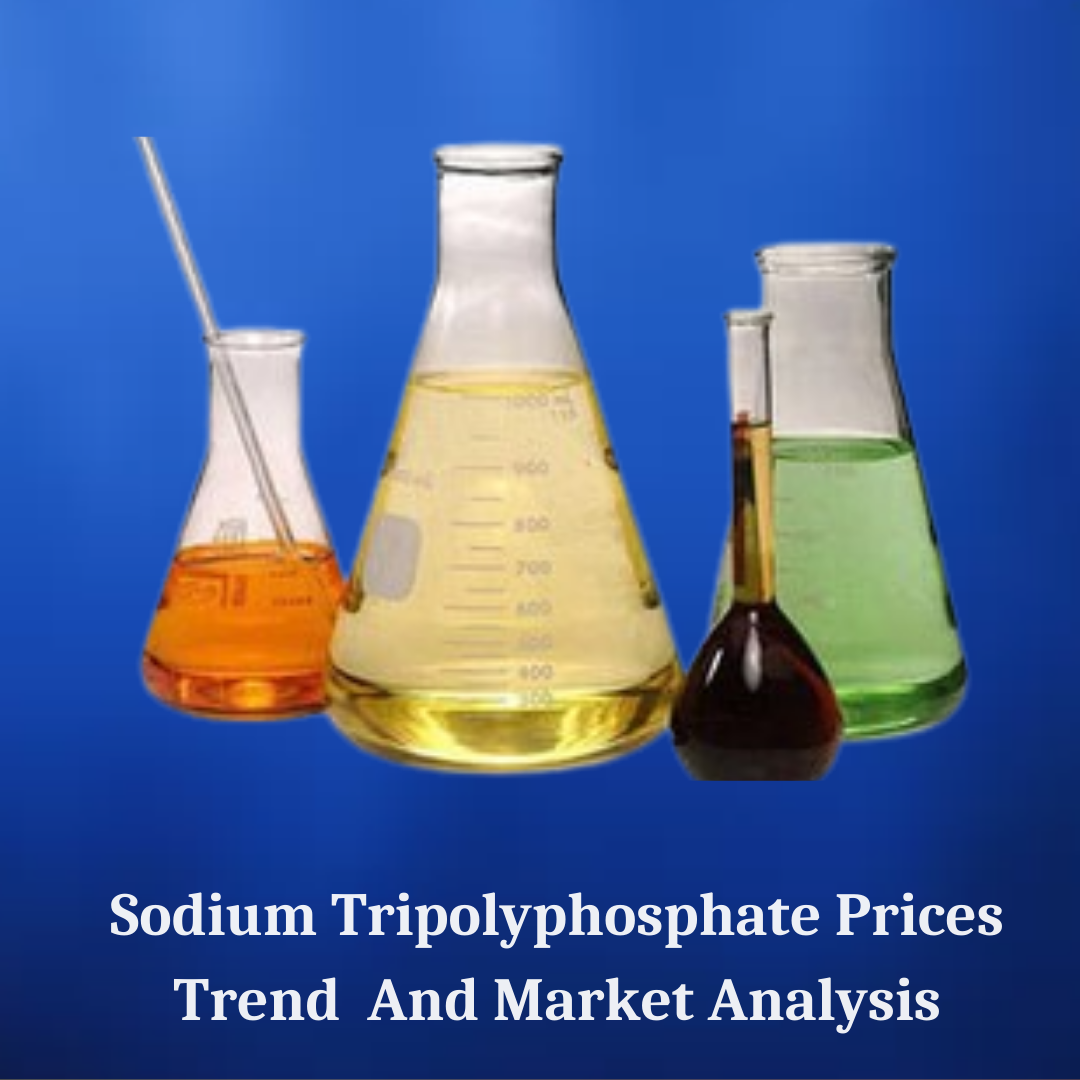
In 2025, the sodium tripolyphosphate price trend is expected to remain mostly stable with minor shifts depending on demand from key industries like detergents, ceramics, and water treatment. Sodium tripolyphosphate, also known as STPP, is used widely as a cleaning agent, water softener, and dispersing agent. It is most commonly found in household detergents and industrial cleaning products. The price usually reflects both supply chain conditions and the cost of raw materials like phosphoric acid and soda ash. In recent years, prices have fluctuated slightly due to environmental regulations and energy costs, but the overall expectation for 2025 is for balanced pricing unless disrupted by major external factors like trade restrictions or supply bottlenecks.
👉 👉 👉 Please Submit Your Query for Sodium Tripolyphosphate Price trends, forecast and market analysis: https://tinyurl.com/2wmppd7w
Market Size and Growth
The sodium tripolyphosphate market continues to show moderate growth worldwide. The increasing use of STPP in cleaning products and industrial applications is driving market size upward, especially in regions where hygiene awareness and industrial development are growing. Asia-Pacific is leading the growth, particularly in countries like China and India where the demand for detergents and ceramics is expanding. Although environmental concerns about phosphates have led to restrictions in some regions, STPP is still widely used because of its cost-effectiveness and performance. As a result, the market remains steady with new growth opportunities in developing economies and industrial sectors.
Industry Trends and Outlook
Several trends are shaping the sodium tripolyphosphate industry in 2025. First, there is a push for phosphate-free alternatives in some household products, especially in Europe and North America, due to concerns about water pollution and environmental safety. However, in industrial cleaning, water treatment, and ceramics, STPP remains irreplaceable in many applications. Manufacturers are working to improve formulations to reduce environmental impact while keeping efficiency high. Another trend is the use of recycled or secondary phosphate sources in production, which helps reduce dependence on mined phosphates and aligns with sustainability goals. The overall industry outlook is positive, with ongoing demand from both consumer and industrial segments.
Regional Insights
Regionally, Asia-Pacific dominates the sodium tripolyphosphate market in terms of production and consumption. China is both a major producer and a major consumer, supplying large quantities for domestic use and export. India, Southeast Asia, and other developing nations also show rising demand due to growing detergent and ceramics industries. In Europe and North America, stricter phosphate regulations have reduced STPP usage in consumer products, but demand remains in industrial sectors like water treatment and oil drilling. Latin America and Africa are emerging as new areas of growth as industrial and urban development continues, increasing demand for cleaning and processing chemicals.
Key Opportunities
The STPP market in 2025 offers several opportunities. One of the biggest is developing eco-friendlier blends or alternatives that maintain the cleaning performance of traditional STPP while complying with regional environmental laws. There is also opportunity in expanding to markets where detergent use is rising and phosphate restrictions are minimal. Producers who can supply high-quality STPP with low impurities may also find competitive advantage, especially in sensitive applications like food processing or pharmaceuticals. Another area of potential growth lies in working with industries like ceramics and water treatment to create tailored formulations for specific needs.
Major Market Players
The market for sodium tripolyphosphate is served by several global chemical producers along with regional manufacturers. These companies focus on producing large volumes at low cost, often with integrated production facilities that allow them to control the supply of raw materials. Leading players are investing in process improvements to reduce emissions and meet environmental standards. Distribution partnerships with detergent brands and industrial chemical suppliers are also key to maintaining market presence. In 2025, companies with efficient logistics, high purity grades, and environmentally responsible production methods are likely to stand out in the competitive landscape.
Future Forecast and Industry Analysis
Looking ahead, the sodium tripolyphosphate market is forecasted to maintain a stable growth path. While some decline in demand is expected in phosphate-restricted detergent markets, this will likely be offset by rising industrial and ceramic applications. Water treatment and oilfield use are also expected to contribute to steady demand. Environmental regulations will play a large role in shaping production and usage trends, with producers needing to adapt to stricter waste and phosphate discharge limits. Technological innovation and improved recycling of phosphorus are expected to help maintain supply and reduce environmental pressure.
Segmentation and Market Share
The sodium tripolyphosphate market can be segmented by grade (technical, food), form (granular, powder), and application. The technical grade holds the largest share, mainly for use in detergents and industrial cleaning. Food-grade STPP is used in meat processing and seafood preservation due to its ability to retain moisture and improve texture. Among applications, household detergents dominate the market, followed by ceramics, water treatment, and food processing. Powdered STPP is more commonly used in industrial applications, while granular forms are easier to handle and store. Market share is largely held by a few multinational manufacturers with a strong presence in Asia, supported by regional players in smaller markets.